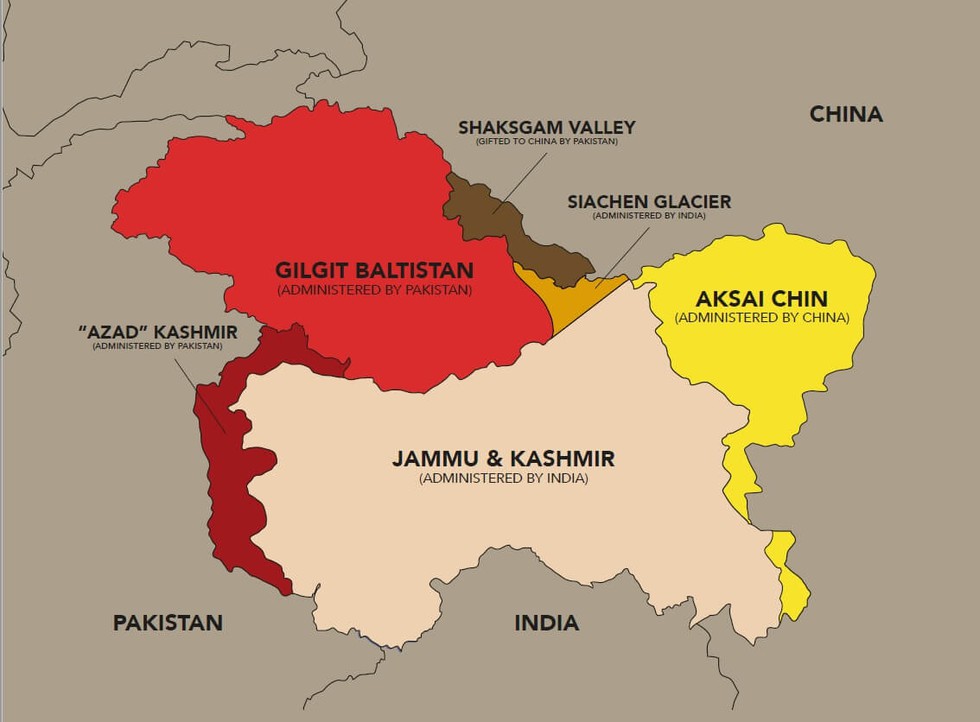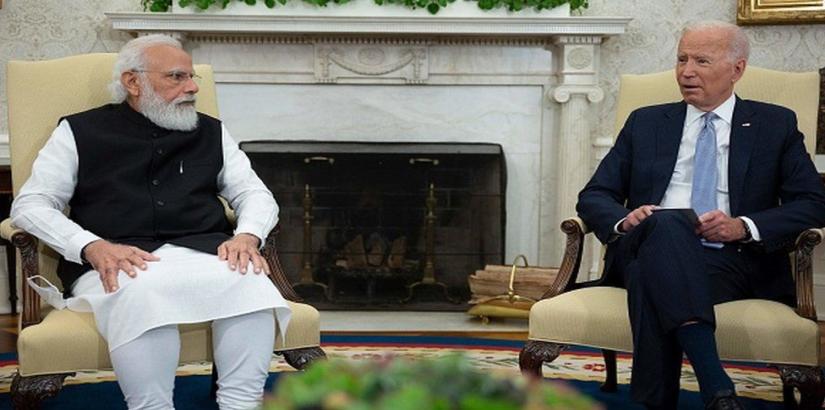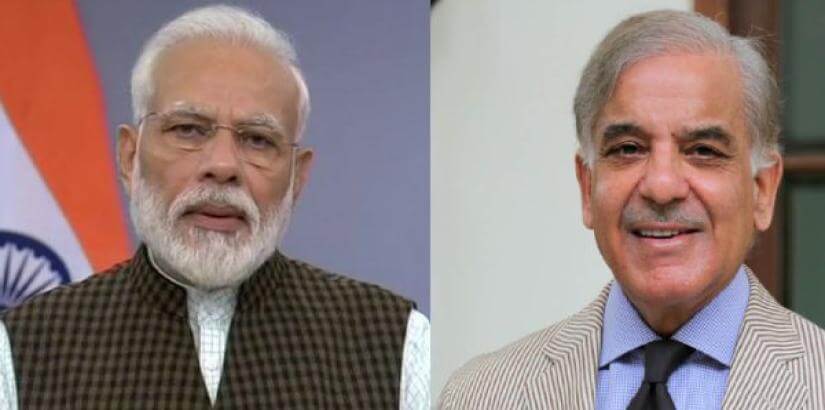Nilova Roy Chaudhury
India’s efforts to assert its territorial sovereignty over all of Jammu and Kashmir (J&K) state, most recently by including a weather report of several cities inside what it calls ‘Pakistan-occupied Kashmir’ (Pok), may have prompted some strategic rearguard action on the part of Islamabad which has now roped in China to consolidate its hold over POK (Pakistan calls it ‘Azad Kashmir’) and Gilgit-Baltistan (GB), thereby making Indian efforts to reclaim control over all of the erstwhile princely state of J&K that much more difficult.
Ever since it abrogated Article 370 of the Indian Constitution and removed the special status of J&K, dividing it into two Union territories (UT), Jammu & Kashmir and Ladakh, directly governed by New Delhi, the Indian government has made efforts to extend its hold over the state and bring peace and development there on par with the rest of India. However, despite these efforts to “normalize” life in the border state, the situation in the UTs is far from ideal. The Kashmir valley, particularly, continues to simmer, with internet facilities and connectivity barely available, while the state struggles to cope with the Covid-19 pandemic. As the snow melts in the upper mountain passes in summer, an upsurge in terrorist activity and militant incursions can only be expected, keeping Kashmir Valley on edge.
Pakistan, taken by surprise by the Indian move to revoke Article 370 in August last year and failing to secure any real support from the global community or gain any traction, despite frantic efforts including at the United Nations, for its position urging a return to status quo ante, has moved swiftly to ensure it retains a tactical advantage over the territory. Last year, there were no takers for its protestations that Kashmir was a disputed territory, with even the Organization of Islamic Countries (OIC) looking away, leaving only China, along with Malaysia and Turkey, to censure India.
Islamabad swiftly took measures to consolidate its hold over Gilgit-Baltistan, formerly called the Northern Areas part of the undivided state of J&K, many of whose residents claim they owe allegiance to India, some even claiming they are Indian. After dithering for almost five decades, Pakistan has signed a contract between a Chinese state-run company, China Power, and the Frontier Works Organization (FWO), a commercial arm of the Pakistan military, for construction of the Diamer-Bhasha dam. Despite India’s strong opposition, the 5.8 billion dollar contract to construct the dam is being touted by Beijing as “win-win” bilateral cooperation, which will benefit GB’s people. It is unclear whether this contract is part of the envisaged 60 billion dollar China-Pakistan Economic Corridor (CPEC) that India does not support because it passes through “disputed territory”.
India has opposed the construction of the Diamer-Bhasha dam not only because it falls within territory India claims as its own but also, if constructed, the dam could cause crippling water shortages in Ladakh. Slated to be the world’s highest concrete-filled gravity dam, the Diamer Bhasha, on the River Indus in the northern GB region bordering China, will be 272m high, capable of holding 8 million acre-feet of water and generating 4,500 mw of power. Such a massive construction in an ecologically fragile and earthquake-prone region could have catastrophic consequences, even Pakistani experts and the World Bank have warned, ever since the proposal was first raised in the 1960s.
The 200-sq. km reservoir of the dam could flood 100 km of the Karakoram highway, and will submerge and displace hundreds of villages and over 35,000 people. Thousands of rare and irreplaceable millennia-old Buddhist rock carvings also face the threat of submergence.
Strategically, for India, with China funding most project costs and, according to reports, providing 17,000 workers from the Three Gorges Dam project, probably affiliated to the People’s Liberation Army, Beijing will be able to considerably expand its physical and strategic presence in the area.
New security challenge
With India–China military tensions fraught and a military standoff continuing in eastern Ladakh, the construction of the Diamer-Bhasha dam will add to new security challenges for India. There are suggestions that the region could become another point of entry for terrorists.
For India, the contract for the dam being signed opens the Gilgit-Baltistan area as another focal point of tensions between India and Pakistan. The Pakistan Supreme Court order that elections should be held in GB later this year, the first since an administrative exercise in 2015, will only exacerbate tensions.
Ever since the revocation of Article 370, India has upped the ante with even the Indian Army Chief, General M M Naravane, stating that the Indian military was ready to take over the territory if so ordered.
What effect, if any, India’s “strong protests” against these Pakistani moves will have diplomatically remains to be seen. What is clear, however, is that another sector has been added to the rising number of areas along the border that are potential flashpoints that can trigger armed conflict.







